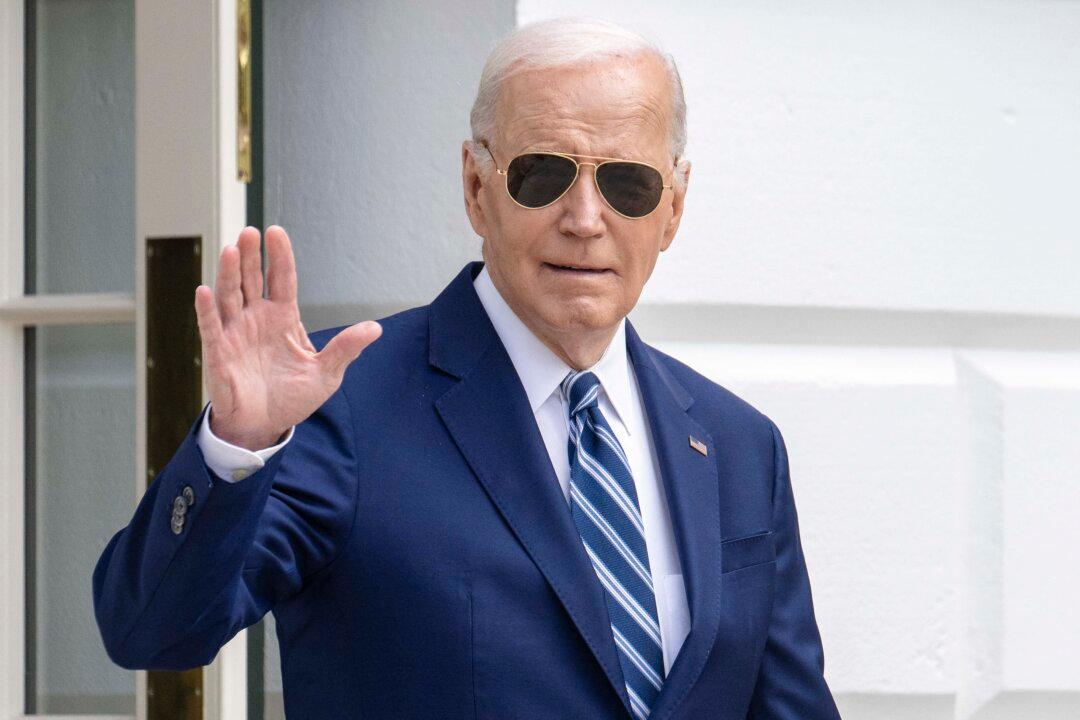Ohio lawmakers adjourned on May 8 without agreeing to a plan that would put President Joe Biden on the state’s General Election ballot.
The Republican super-majority House and Senate must do so by May 9 for the president to appear on the ballot, according to Ohio Secretary of State Frank LaRose, a Republican.





